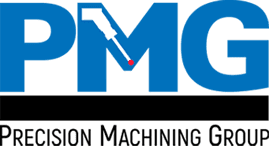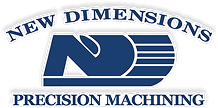Forging Assembly & Inspection Overview
Anchor Harvey’s pre-production process leverages our state-of-the-art forging assembly and inspection procedures to ensure our products are made to the highest standard, honed over our company’s 100 years of industry leading knowledge and experience.
We forge to the highest standard and guarantee the quality of all forged aluminum products. The variety of in-house inspection methods and assembly partner options we provide are part of our overall quality guarantee.
In-House Inspection Services
Our onsite inspection capabilities and quality control personnel performs thorough in-house inspections for all of our finished parts to meet strict quality assurance standards. We provide full service forging inspection and testing for aerospace, automotive, and construction materials.
These services are fast and reliable for destructive and non-destructive testing, and are used to verify the materials, properties, composition, and to identify hidden flaws – ensuring the quality of all finished forged products are inspected and completed to the highest possible standard.
Methods of Testing
To ensure quality, consistency, and performance, a variety of inspection processes may be used during and after production. Below are some of the most common:
Hardness Testing: This destructive test measures how resistant a part is to deformation. Depending on the hardness scale used—Brinell, Rockwell, Vickers, etc.—a specific load is applied using a small ball or indenting tool. The depth or size of the resulting indentation is used to calculate the material’s hardness.
Tensile Testing: Also known as tension testing, this process pulls on both ends of a part with controlled force until it begins to stretch, deform, or even break. The results help determine tensile strength, shattering points, and maximum elongation. Like hardness testing, this is a destructive method.
Penetrative Scanning: Using ultrasonic or radiographic waves, penetrative scanning reveals the internal structure of a part without causing damage. These non-destructive scans detect internal defects and can be compared across parts or batches to verify quality and consistency throughout production.
Liquid Penetrant Inspection (LPI): LPI is a non-destructive testing method used to detect surface-breaking defects such as cracks, seams, or porosity. A colored or fluorescent dye is applied to the surface of the part, then wiped clean. A developer is then used to draw out any penetrant that seeped into surface flaws, making them visible under inspection. This method is especially effective for detecting discontinuities in non-porous materials.
Featured Capabilities
Featured Capabilities
CAREERS













